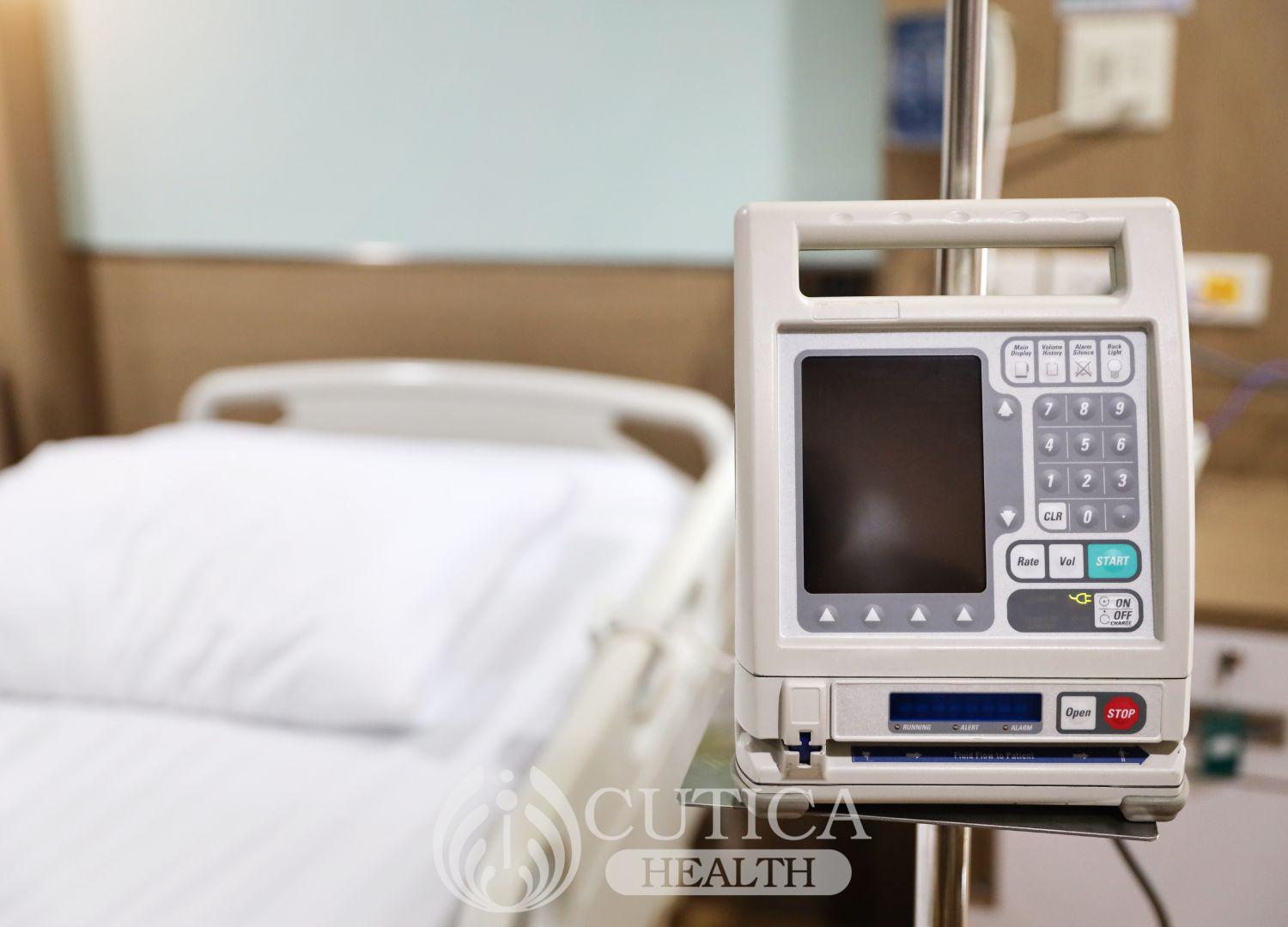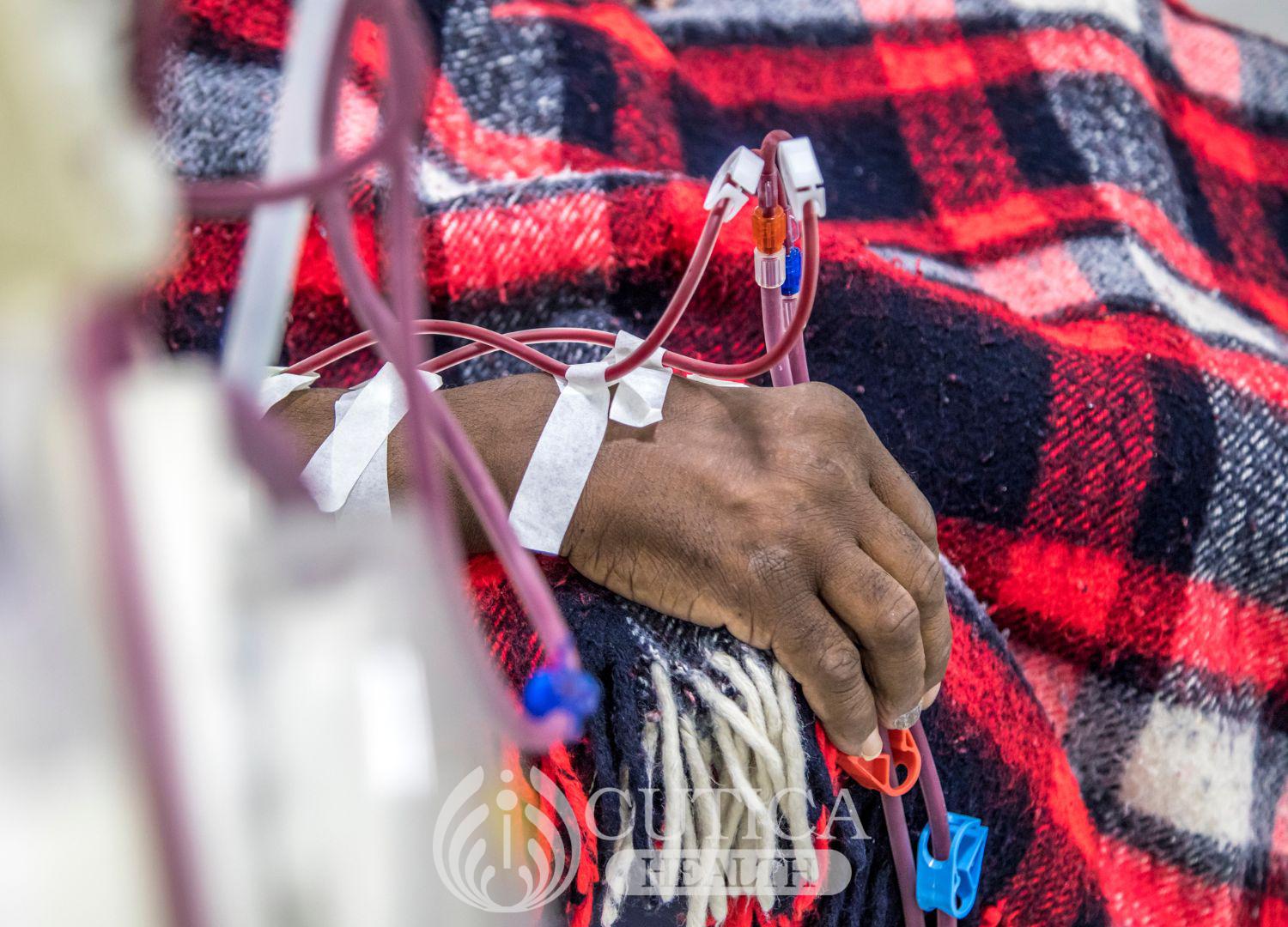
“I met Mr. John during the ward round today, and I discussed with him the next treatment plan; he will be needing dialysis,” Dr. Kingsley told Mr. John’s brother, Phil. Mr. John had been diagnosed with end stage kidney disease, and his kidneys could no longer remove toxic wastes from the body. He now needs an external device to help with this function.
What is Dialysis?
The kidneys function as a filter to remove waste and excess fluid from the blood. When the kidneys lose their ability to perform this all-important function effectively, an external device might be needed to remove waste and excess fluid from the blood. This process is called dialysis.
Dialysis uses an external device to rid the blood of harmful wastes and excess fluid. However, dialysis is not a cure for kidney failure, and it does not treat the underlying kidney disease. 
What are the types of dialysis?
There are three main types of dialysis:
Hemodialysis: This is the most common type of dialysis, and it uses a machine called the hemodialyzer to remove waste and extra fluid from the blood. The machine is usually connected to the patient’s body through a tube (catheter) that is inserted in a large vein in the neck, arm, chest, or groin. Each hemodialysis session usually lasts about five hours, but the length also depends on how much function the kidney still has left, the body size, and whether there are other health problems. Hemodialysis is often needed several times a week.
Peritoneal dialysis: This type of dialysis occurs through a small tube, called a peritoneal dialysis catheter, that is inserted into the large sac in the abdomen, called the peritoneum. The process could last a few hours and needs to be repeated several times in a day to remove adequate amounts of waste from the blood.
Continuous renal replacement therapy: This type of dialysis is usually done for patients in the intensive care unit.
Are there any risks associated with dialysis?
As with any medical procedure, dialysis comes with certain risks. The risks associated with hemodialysis include:
- Bleeding
- Low blood pressure
- Introducing infection into the body through dialysis catheters or tubes
- Abdominal pain (peritoneal dialysis)













